The online search landscape is changing rapidly. Google still accounts for 75% of the global search traffic through desktop though. The first five search results get 67.6% of all the clicks. Long content was preferred last year with the average content length of top Google articles being 2,416 words. The average word count for a voice result page was pegged at 2,312 words. Local search is growing and so is image search and voice search. Mary Meeker’s 2019 Internet Trends Report warned that organic search results on mobile have shrunk by 9%!
The top SEO innovation trends for 2020 that we are going to talk about are guided by all these changes. Here are some of the ways how businesses can optimize their SEO efforts to get better page ranking and more traffic:
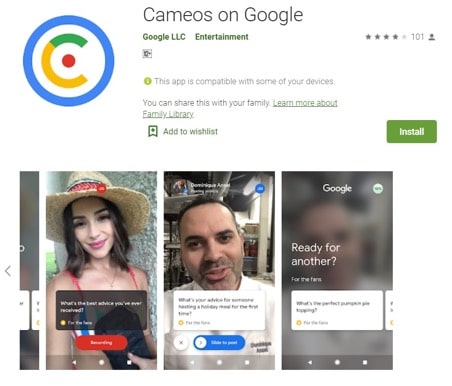
Cameos on Google is the new video-based Q&A app which allows people to answer questions about them. The app aims celebrities and public figures who answer the questions directly on Google. Then, there are 3D images, AR (Augmented Reality), and several other mini-apps that are pushing Google's search engine result pages (SERPs) towards a media-rich experience. Additionally, the Google algorithm is coming up with a holistic ranking system to consider all types of content.
Savvy use of 'structured data' and interactivity of custom-built applications can all give you a leverage on Google Search soon enough. High-quality content innovations that can attract and engage the audience across different search channels should be the focus of your SEO team this year. Also, the content you develop should cover images, videos, news articles, tweets, and experimental mini-apps being added to ever-growing Google's portfolio.
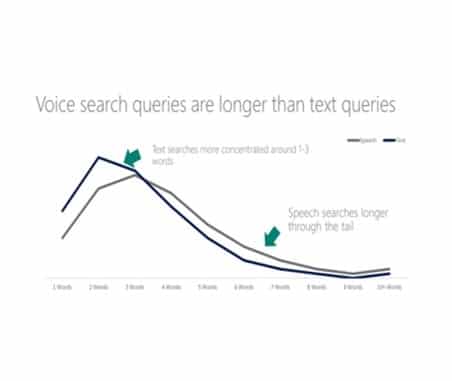
Source: www.campaignlive.co.uk
Typing a search query is not the preferred online search method anymore. With voice-enabled digital assistants and apps in vogue, 50% of users will soon be verbally asking questions to search engines using their smartphones (or other smart devices). More than 20% of voice search queries are triggered by a combination of only 25 words. These are:
| how | where | why | make | list |
| what | can | new | does | home |
| best | top | recipe | define | types |
| the | easy | good | free | do |
| is | when | homes | I | who |
Voice-based assistants pick up content that answers the search queries using these words first.
Voice Search SEO is all about optimizing content for long-tail queries that are likely to be spoken aloud. News articles, recipes, and content that uses FAQ markup do better on Google Assistant. Thus, local businesses should optimize their presence on Google My Business, and integrate long-tail queries with local search keywords.
28% of people who voice-search a business go on to call the business directly. Remember, consistency in answering the phone calls and direct messages can help local businesses to increase their customer base considerably.
[insert page='get-a-ringside-view-to-competitive-strategies-with-your-semrush-marketing-toolkit' display='single-related-article-02.php']
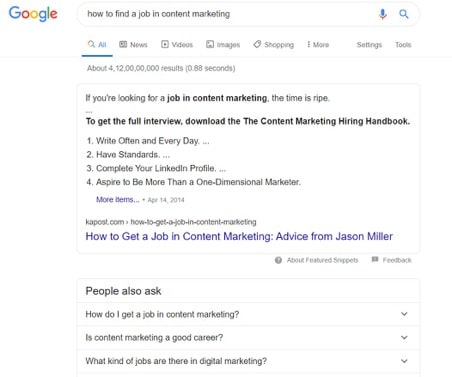
As Google algorithm advances, it gets better at understanding the intent of the searcher behind his or her search query. On-point and authoritative content that provides the specific information a user is looking for wins. This requires a clear and deep understanding of your target audience and pruning your existing content to provide the best and consolidated info to your visitors.
From an SEO and digital marketing perspective, it has become difficult for professionals to see the SERPs in the same way as consumers of their clients. Geo-restricted content, page trackers, and cookies make it difficult for them to have an accurate understanding of the current rankings at different locations. A VPN service helps SEO strategists to overcome this problem easily. A VPN (Virtual Private Network) masks the IP address of the user and encrypts their internet connection. Thus, users can access restricted content or see genuine SERPs of another country (or location). Lastly, SEO professionals can use their information to form a better content and digital marketing strategy for their clients.

6 out of 10 people preferred YouTube over TV in 2019. YouTube is also the second-largest search engine after Google. Online videos are popular with current Internet users, especially in younger generations. In SEO terms, strategic placement of video content on YouTube channels, Google Search, Google Images, and Google Discover is gaining priority.
Video is extremely powerful when it comes to strengthening your overall SEO strategy. Two main business goals of creating and sharing videos can be:
Rich snippets on your landing pages can earn you backlinks and impress customers. Product videos go a long way in helping the customers feel more confident about a choice and purchasing it. Then, you can go for introductory or explainer videos can increase brand recognition and brand awareness. Using structured data is a good idea to promote your best content - even in videos.
[insert page='seo-in-2020-what-to-expect' display='single-related-article.php']
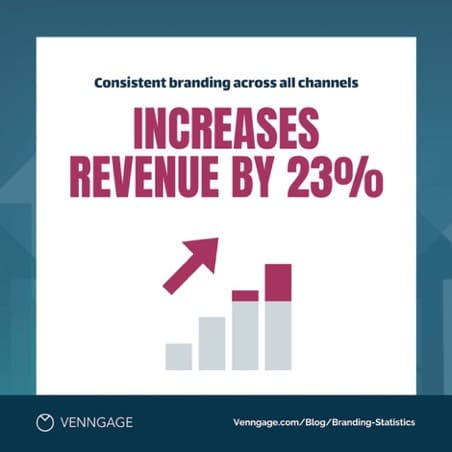
SEO is as much about branding as it is about creating and disseminating high-quality content. Earning a place in the Google and Bing Knowledge Graphs can have a tremendous impact on your rankings across multiple platforms, including Google Search, Bing Search, Google Images, and Google Discover.
Structured and linked data is the key to online branding and reputation management. Additionally, consistency in content regarding brand image and product info is required to achieve this. Lastly , instant responses on brand feedbacks, complaints, and product reviews are all part of modern SEO strategy.
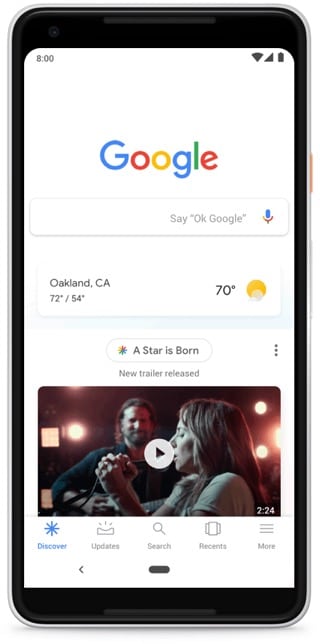
Gary Illyes said that Google’s mission is to organize information, make it universally accessible, and make it useful. Google Discover is opening a new stream of traffic to make this possible. Again, structured data, high-resolution images, and AMP support can help you optimize content for the new era.
AMP (Accelerated Mobile Pages) is a framework developed jointly by Google and Twitter. It simplifies the HTML and streamlines CSS rules to make mobile web experiences better and faster. Google Discover is an AI-driven content recommendation tool. It does not solely depend on search queries typed in by a user. Behind-the-scenes machine learning harvests data about users' behaviour, learn from it and uses it to suggest what content is relevant for a user at a specific point of time and location.
Curating your business entity on Google My Business, being present in the Google Knowledge Graph, and producing high-quality content that offers great user experience are some of the ways to make Google Discover for you. Copying articles from other websites and taking more than 2-3 seconds for the website to load are perfect ways to drop off the Discover grid.
[insert page='retargeting-choose-your-audience-connect-with-them-and-win-easily' display='single-related-article.php']
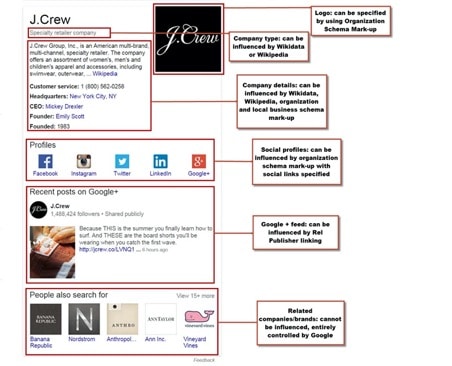
Once there were sitemaps to guide the Google crawlers where to find the relevant content. Now, structured data (or featured snippets from your best content) helps Google understand how your site is connected. It's time to develop a structured link graph and use schema markup to help the crawlers pick up one's content in an ultra-competitive landscape.
Structured data needs to be the building block of the content strategy today to improve user experience, to improve analytics, and to train new recommendation systems favorably.
[insert page='10-best-premium-seo-tools-to-boost-your-traffic-in-2020' display='single-related-article-02.php']
NLP and Machine Learning trends are evolving. They require content innovations and use of simpler language which can be understood by machines easily.
This can be done by:
In 2020 and beyond, it's important to stay up on new SEO trends to establish a long-term strategy to achieve business goals. We also recommend a technical SEO audit from time-to-time to hone your SEO plan and achieve results on a sustainable basis.